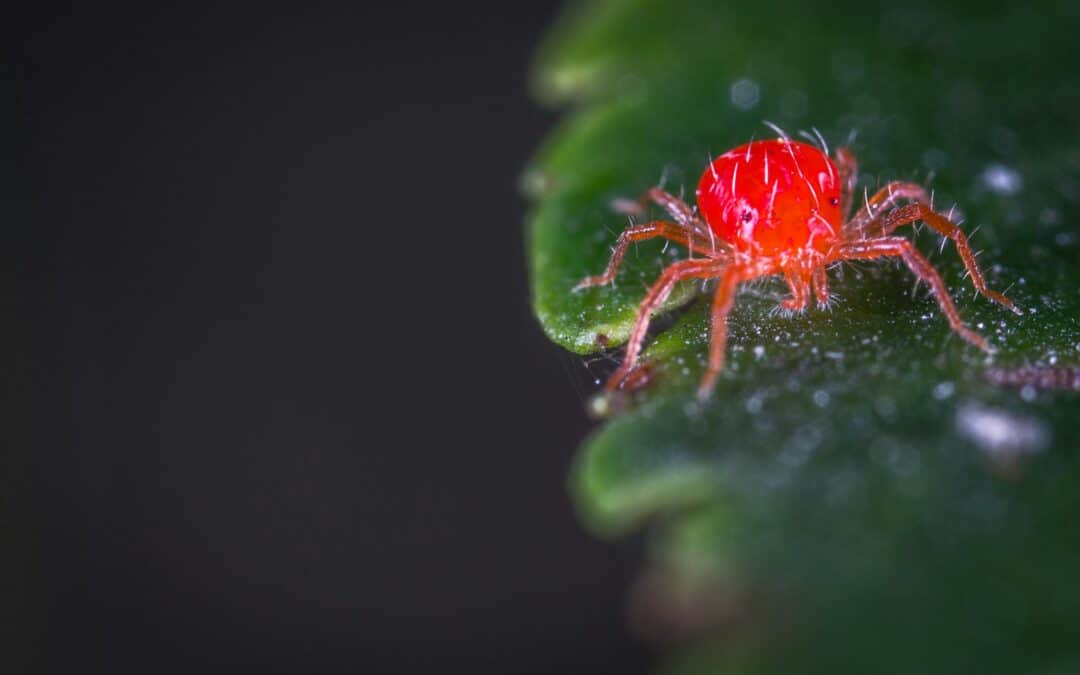Spider mites – those tiny, eight-legged arachnids – can be a gardener’s worst nightmare. These pests attack various plants, sucking out their leaves’ sap and causing a stippled appearance, followed by yellowing, browning, and leaf drop. If left unchecked, spider mites can severely weaken or even kill your beloved plants. But fear not, there’s help! Knowledge is power, and several effective spider mite killers and control methods are at your disposal, both natural and chemical.
Understanding The Enemy: What Are Spider Mites?
Before launching your attack, it’s essential to understand the enemy:
· Not True Insects: Spider mites are arachnids, making them more closely related to spiders and scorpions than insects.
· Tiny Size: Adults are barely visible to the naked eye, measuring around 0.5mm in length. Look for tiny specks that move.
· Webbing: Many species of spider mites produce fine webbing, especially in severe infestations. Think of it as their highway system.
· Rapid Reproduction: Spider mites thrive in hot, dry conditions and have a rapid life cycle. They can explode in population very quickly.
Signs of Spider Mite Damage
Early detection is key to successful control. Keep an eye out for these telltale signs:
· Stippling: Tiny pale spots on leaves where the spider mites have punctured cells to feed.
· Yellowing/Discoloration: As the damage progresses, leaves turn yellow, bronze, or brown.
· Fine Webbing: In severe infestations, you might see fine webbing covering the leaves and stems of the plant.
· Premature Leaf Drop: Heavily infested leaves may wither and drop prematurely.
Killers for spider mites: Your Arsenal for Success
You have a range of control methods at your disposal. Start with less-toxic options and progress to more potent methods if needed, always following product labels carefully:
1. Physical Removal:
· Strong Water Spray: Blast infested plants with a strong jet of water to dislodge mites and eggs. Repeat every few days, especially during dry weather.
· Increase Humidity: Spider mites thrive in dry environments. Raise humidity for your houseplants by misting regularly, using a pebble tray, or investing in a humidifier.
2. Natural Remedies:
· Neem Oil: This versatile natural insecticide disrupts feeding, growth, and reproduction. Use a commercial neem oil product diluted according to instructions.
· Insecticidal Soap: Potassium salts in these soaps work on contact, disrupting cell membranes. Ensure good coverage, especially on the undersides of leaves.
· Predatory Mites: Introduce natural predators like Phytoseiulus persimilis for biological control, especially effective in greenhouses.
3. Horticultural Oils:
· Summer/Dormant Oil: These refined mineral oils suffocate mites and overwintering eggs but can’t be used when it’s hot or on stressed plants.
4. Chemical Miticides:
· For contact kills: Use products containing bifenthrin, cyfluthrin, or abamectin, often found in ‘spider mite killer’ products.
· Systemic Control: Some insecticides are absorbed into the plant and kill mites as they feed. Look for products containing acephate, spiromesifen, or spirotetramat.
Tips for Effective Spider Mite Control
· Early Intervention: The quicker you act, the easier it is to manage and prevent extensive damage.
· Isolate Infested Plants: Prevent the spread by quarantining infested plants away from healthy ones.
· Thorough Coverage: Ensure you reach the undersides of leaves and other hidden areas where mites reside.
· Repeat Applications: Most methods require multiple treatments to break the pest’s lifecycle.
· Rotate Chemicals: To prevent resistance, alternate between different miticides with distinct modes of action.
· Preventative Measures: Maintain healthy plants, promote airflow, and avoid excess nitrogen fertilizer to make them less attractive to spider mites in the first place.
Additional Considerations
· Sensitivity: Some plants may be sensitive to specific treatments. Test a small, inconspicuous area before treating the whole plant.
· Safety: Always follow the instructions on pesticide labels and wear protective gear when applying.
· Beneficial Insects: Avoid using broad-spectrum insecticides that harm beneficial insects, which naturally prey on spider mites.
Remove Spider Mites from Your Plants
With this thorough guide and the right Kills spider mites, you can effectively combat these destructive pests. Monitor your plants regularly, act quickly at the first signs of infestation, and choose the control methods that best suit your needs and specific situation. Remember, vigilance and proactive management can help banish these microscopic invaders and keep your plants thriving!

